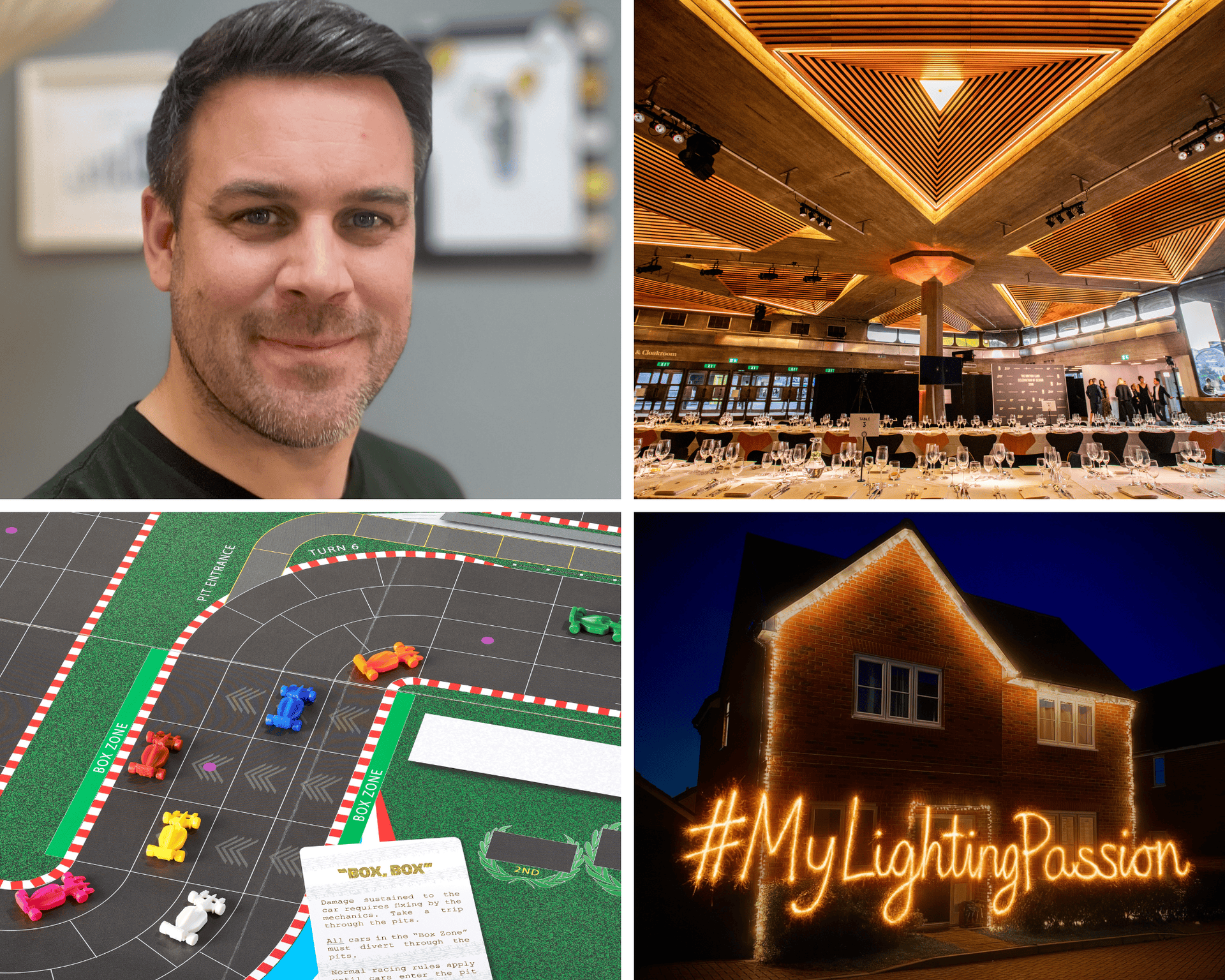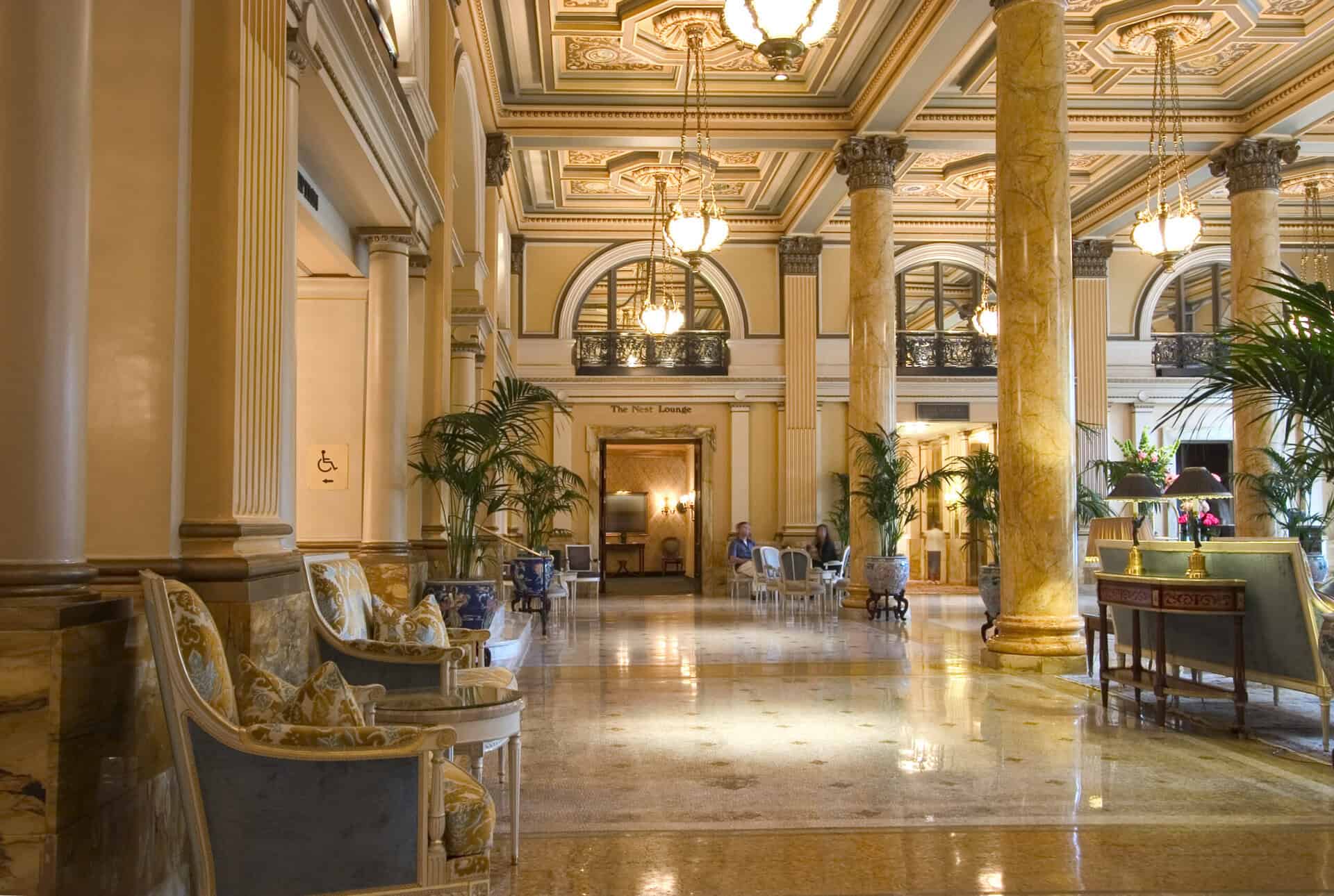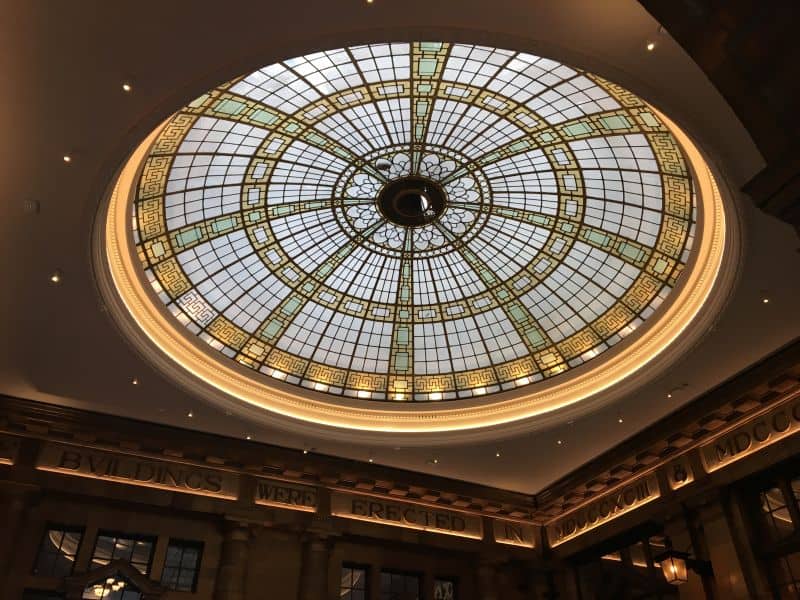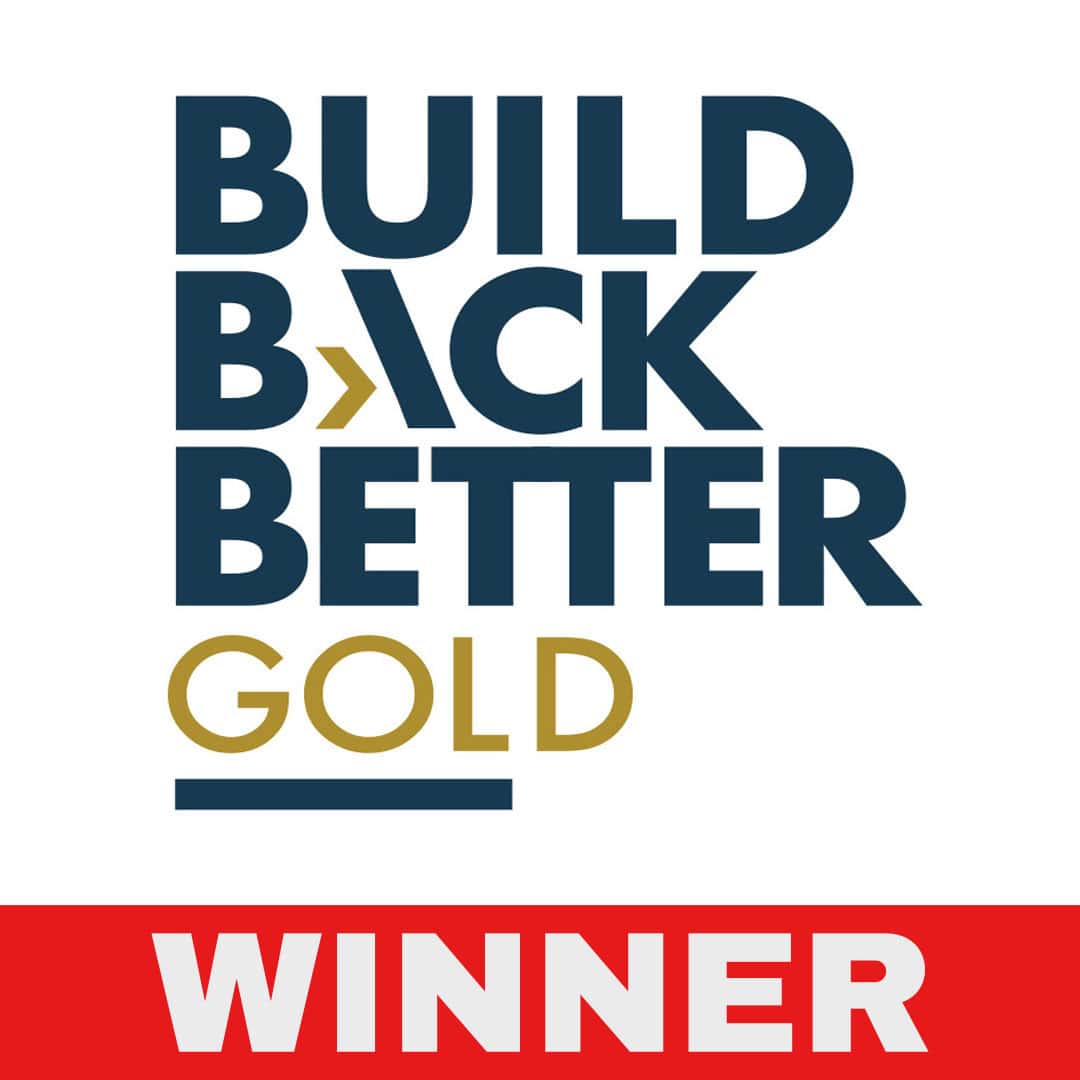‘At Architectural FX we work mainly with the lighting creatives or architectural lighting designers to integrate linear lighting into furniture and buildings. So why the tagline ‘Technicians of Light?’ At a glance what we do is help designers solve technical issues, and we engineer the solutions. This has been our expertise for many years. This knowledge and readiness to roll up our sleeves to solve the problem are what make us close partners to work with. Lighting is about Art and Science. We’re happy to be seen in both camps. This blog series delves into our team’s individual perspectives on our tagline and what it means to them’.
1st off, to give us her perspective is Issie Gilbert, our Design Support:
1. How does your team or department embody the idea of being “Technicians of Light”?
As the design support for sales, I focus on custom designs to adapt or elevate our current portfolio of products. When a client comes with an idea or requirement, they either know exactly what they want, or divulge a few small details and want to confirm their options. Coming up with solutions can involve technical elements that need to be considered and designed around. Through these custom designs, I help create a unique lighting solution that brings the product vision to life.
2. In what ways does your role contribute to creating or enhancing the experience of light for our customers?
My role can be small in the grand scheme of things, but the small details of design can make or break the overall project. As soon as I start working through the design, I can find small ‘bumps’ that need to be addressed , or I may need to change the whole process. I work around these and make additional changes to help the next stages. I aim to factor in a cradle to cradle mindset. Starting with ‘Does the product tick all the technical and aesthetic demands of the designer?’; ‘How easily can Production build the product?’ ;‘How easy is it for contractors to handle and install?; ‘What are the long-term maintenance issues for the client?’.
3. What skills, tools, or knowledge do you use that make your work technical or creative when it comes to lighting?
By using a range of software and our in-house photometer, I harness this technical knowledge to add a specific mindset to the design process. My degree in Product Design is a BA, Bachelor of Arts, so I was more focused on the artistic and the human side of design during my university years. Since joining the lighting industry, I have learnt and (still am) developing my knowledge. This allows me to bring both a creative and technical perspective to the process.
4. How does design transform technical lighting into an emotional or aesthetic experience?
With lighting, the aesthetic experience is mainly focused on the result. But depending on what the application is, the design can change the way the lighting is viewed, interacted with and the atmosphere of the room. The material, finish, colour, shape, these all can change the emotional response from the viewer. I could design something that is functional, but the aesthetic modifications can take it from intrusive on the space to complimentary.
5. What inspires your design process when working with light?
I feel inspired by the technical challenge when approaching my design process. I enjoy trying to view it from different angles, to consider installation methods, what the result will be and how the product will be handled when complete.
6. Can you share a moment or project that made you feel especially proud to be part of Architectural FX?
The first project that comes to mind is an exterior lighting one, with a custom holder to be mounted and angled up the side of the building. This was the first project I was involved and active in, at every stage of the project. From the client’s initial enquiry through to final delivery, I was hands on and working with my colleagues.
When I worked with production to build the mounting bracket, we all worked as a team and offered mutual support to solve any problems. This was the first time I experienced the capabilities of a team and how each of us contributes to delivering the best product for the client.
7. How do precision, innovation, and craftsmanship come together in your work?
For me, precision, innovation and craftsmanship are all crucial to delivering a product that fulfils the brief and keeps a client happy.
Precision is a necessity to the design. It ensures the design fits and functions as it should do. This is also be affected by factors such as application, environmental elements, sustainability, and costs etc.
I try to focus on innovation with in-house design projects. I can experiment and push the boundaries more. I enjoy researching different options and asking colleagues for opinions and ideas. My priority is finding a design that works.
We consider one of our strengths to be in offering a range of knowledge and skills from the whole team. I gather input at each stage of the process, getting opinions where their craftsmanship exceeds my own. I believe this future-proofs the process and ensures the best option to the client.
8. How does collaboration between departments strengthen our role as “Technicians of Light”?
As mentioned above, we deliver a collective range of knowledge and skills. I take the initial design brief from the sales person, to ensure we keep to the brief. Our production team then gets involved with problem-solving and adding further ideas and design tips.
9. In one sentence, how would you define what being a “Technician of Light” means for your role?
For me, it’s about keeping an open mind, considering all possibilities, not limiting yourself, and continuing to grow, learn and develop.






